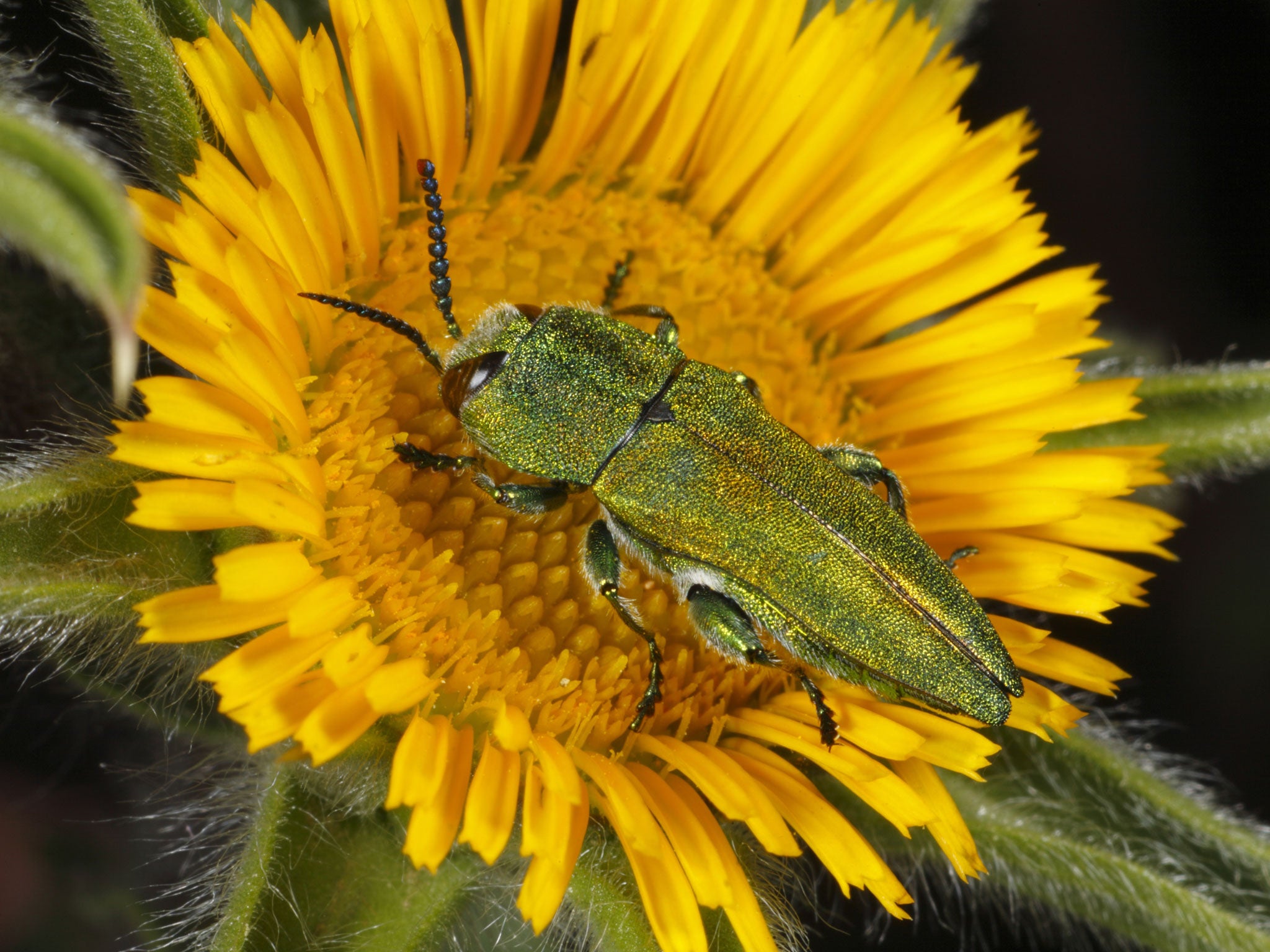Britain's ash trees could be wiped out by fungal infection and borer beetle
Emma Townshend asks if we can save one of our most familiar, and yet special, trees

Your support helps us to tell the story
From reproductive rights to climate change to Big Tech, The Independent is on the ground when the story is developing. Whether it's investigating the financials of Elon Musk's pro-Trump PAC or producing our latest documentary, 'The A Word', which shines a light on the American women fighting for reproductive rights, we know how important it is to parse out the facts from the messaging.
At such a critical moment in US history, we need reporters on the ground. Your donation allows us to keep sending journalists to speak to both sides of the story.
The Independent is trusted by Americans across the entire political spectrum. And unlike many other quality news outlets, we choose not to lock Americans out of our reporting and analysis with paywalls. We believe quality journalism should be available to everyone, paid for by those who can afford it.
Your support makes all the difference."When we lost the elms, the transformation was shocking," says Dr Nick Atkinson, senior conservation advisor at the Woodland Trust, reflecting on a childhood growing up in the shadow of Dutch Elm Disease. The disappearance of British elms changed the landscape on a national level, but also on a personal one.
I am just old enough to remember the two long hot Seventies drought summers when the elms died. A miniature woodland of six mature trees filled the view from my grandma's kitchen window; they lost their leaves and slowly became six lame trunks. Eventually my grandad felled them with a chainsaw. Now the ash faces just such an extinction, with the threat of similar impact upon the landscape.
Britain has only a small range of truly native trees: 30 or so species, keen recolonisers after the last Ice Age. Ash is our second commonest native tree in the UK after oak, but now is vulnerable to ash dieback, a fungal infection that blocks the tree's water-transport system, and also the new threat of emerald ash borer, a beetle ranked even higher as a danger than the fungus. "This doesn't just mean the loss of ash trees in woodlands," explains Dr Atkinson. "Ash forms a huge proportion of hedgerow trees, planted along country roads, and losing them will change the views across huge swathes of our open countryside, as well as in woods."
But why should we care, when many of us can hardly tell our native trees apart? "With ash trees, even the shade they cast is different from other trees," says Melissa Harrison, nature writer and novelist, author of current Baileys long-listed, Costa-shortlisted At Hawthorn Time (Bloomsbury). "The sound of the wind moving through their leaves is recognisable, a susurration, softer than the more clattery sound of oak leaves. And they have those sticky black buds in spring that look like hands beckoning to you. The smooth grey fresh new branches, growing from old gnarled bark, look almost obscene. Knowing individual trees, it's about making the world particular, richer."
The loss of any trees leaves a sad scar. "Look at them well, before they go," , award-winning poet Alison Brackenbury writes in her new volume Skies (Carcanet), out this week. Scientist Marija Tamkeviciute works at the Nature Research Centre in Lithuania, one of the first places that ash dieback was recorded. On the phone she describes her poignant set of local before-and-after photos: "A forest, there; and now, gone."

To make matters worse, hard-pressed local authorities aiming for sensible financial decisions may decide to mass-fell ash trees in affected areas, whether they are dying or not. Nottinghamshire County Council, custodians of Robin Hood's Sherwood Forest, this week announced just such a possibility. "The prospect of disproportionate action is alarming," says Nick Atkinson. "Particularly as Britain's ash trees do seem to be somewhat more resistant to dieback than those in continental Europe."
Yet there are reasons to be hopeful. Dr Richard Buggs, senior lecturer at the School of Biological and Chemical Sciences, Queen Mary University of London, is an expert on helpful genes that may protect the ash family. "We're particularly hopeful about the Manchurian ash, which happily tolerates both the fungus and the beetle in the wild far east of Russia," he says. "We've been relatively lucky in Britain: the beetle is not here yet, and I speak a lot to scientists across Europe who also work on ash, and they have been impressed by the UK Government's level of response."
For Nick Atkinson at the Woodland Trust, the Observatree network (www.observatree.org.uk) is a crucial part of the fight to save these trees. "This is a network of well-trained volunteers; each monitors a local patch." Last year in Hertfordshire, these careful, diligent observers picked up an outbreak of another newly imported pest, the sweet chestnut gall wasp, while it was still containable.
"The public are reluctant to see blue chemicals being sprayed from a helicopter," says Atkinson, "but sometimes an early drastic response can be the right thing to prevent long-term spread. I want to make it clear: something can be done." To misquote Alison Brackenbury's poem: look at them well, and perhaps prevent them going at all.
Join our commenting forum
Join thought-provoking conversations, follow other Independent readers and see their replies
Comments